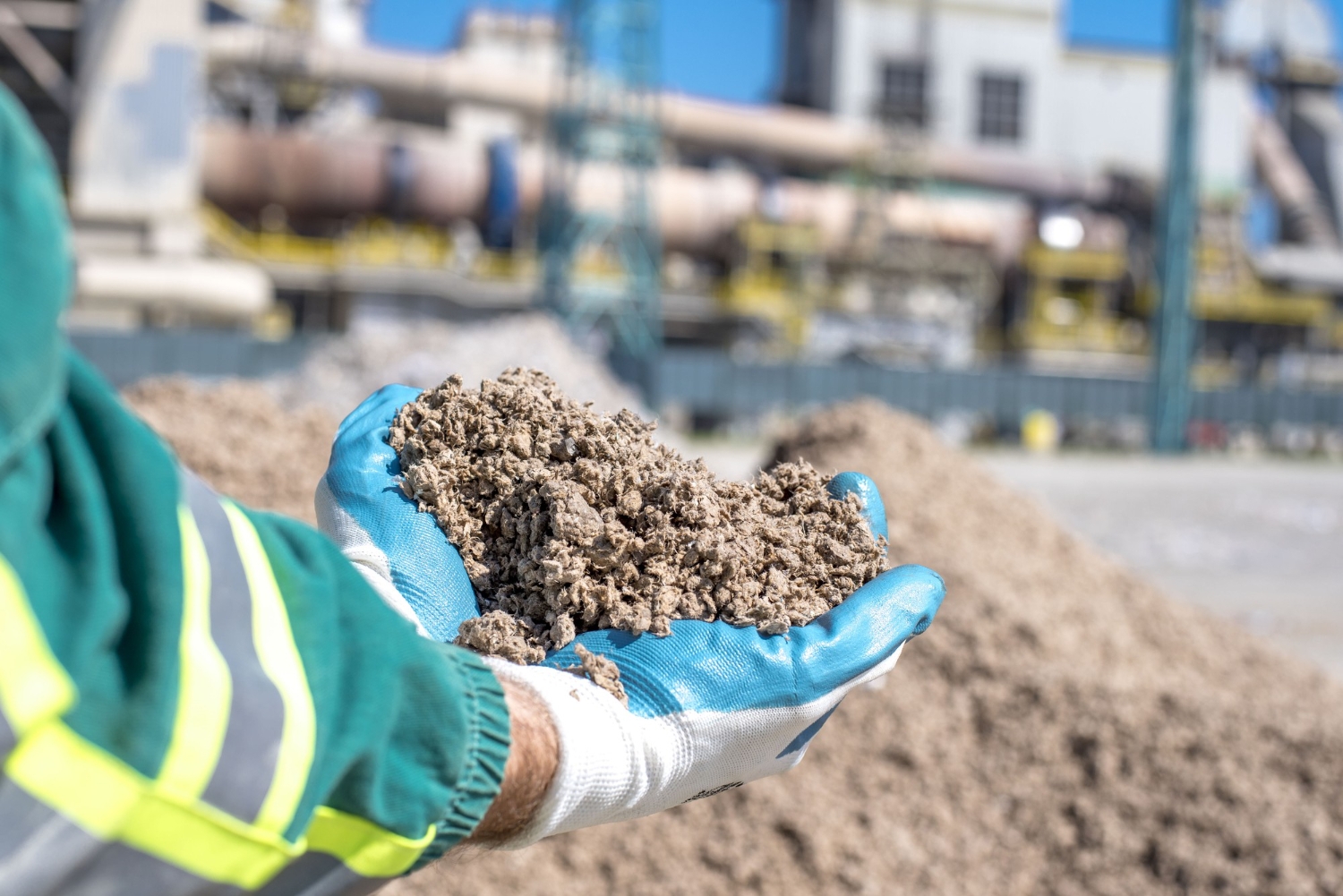In the modern construction and mining industries, ensuring the structural integrity of tunnels, walls, and underground structures is crucial. One of the most effective solutions for reinforcing these structures is shotcrete—a method of applying high-quality concrete through high-pressure spraying. However, achieving optimal results depends not only on the material itself but also on the expertise of shotcrete contractors and a clear understanding of the shotcrete price per m².
This comprehensive blog explores how to select the best shotcrete contractors, factors influencing the cost per square meter, practical applications, and the benefits of using shotcrete in mining and construction projects.
What is Shotcrete and Why Is It Important?
1. Definition of Shotcrete
Shotcrete is a method of applying concrete by spraying it at high velocity onto surfaces such as rock walls, tunnel linings, or structural frameworks. Unlike conventional poured concrete, shotcrete can be applied on irregular, vertical, or overhead surfaces without the need for extensive formwork.
2. Types of Shotcrete
-
Dry-Mix Shotcrete: The dry mix is fed into a nozzle, where water is added before application. This method allows precise control over water content and is often used in mining tunnels or areas with complex geometries.
-
Wet-Mix Shotcrete: Pre-mixed concrete is pumped through the nozzle, enabling faster application and smoother finishes. Wet-mix is often preferred for large-scale construction or mining projects requiring high placement rates.
3. Applications in Construction and Mining
-
Tunnel support and stabilization
-
Mining operations and underground excavations
-
Slope reinforcement
-
Retaining walls and structural repairs
-
Swimming pools, decorative structures, and architectural projects
Shotcrete ensures structural stability, minimizes the risk of collapse, and extends the lifespan of both surface and underground structures.
Selecting the Right Shotcrete Contractors
Choosing the right contractors is critical to ensure the successful application of shotcrete. Here’s what to consider:
1. Experience and Expertise
Professional shotcrete contractors should have extensive experience in:
-
Mining and tunneling operations
-
Civil and industrial construction
-
Both dry-mix and wet-mix shotcrete applications
-
Complex and large-scale projects
Experienced contractors understand the nuances of mix design, nozzle handling, and proper curing techniques.
2. Quality of Materials and Equipment
Contractors must use high-quality cement, aggregates, admixtures, and spraying equipment. Reliable equipment ensures even distribution, minimal waste, and superior adhesion to surfaces.
3. Compliance and Certification
-
Verify that contractors adhere to industry safety and construction standards.
-
Check for certifications, particularly for underground mining projects.
-
Ensure compliance with environmental regulations and local construction codes.
4. Portfolio and References
Ask contractors for past projects, client references, and case studies. A proven track record of successful shotcrete application indicates reliability and expertise.
5. Technical Support
Top contractors provide consultation on:
-
Shotcrete mix design for specific project requirements
-
Layer thickness, application angles, and reinforcement integration
-
Post-application curing and maintenance recommendations
Understanding Shotcrete Price per m²
The shotcrete price per m² varies depending on several factors. Accurate cost estimation is crucial for budgeting and planning in both construction and mining projects.
1. Factors Affecting Shotcrete Costs
-
Type of Shotcrete: Dry-mix may cost more due to labor-intensive application, whereas wet-mix can reduce labor costs but may require specialized pumping equipment.
-
Thickness of Application: Thicker layers increase material usage and labor time.
-
Surface Complexity: Irregular, vertical, or overhead surfaces require more skill and effort, increasing costs.
-
Reinforcement Integration: Adding steel mesh, rebar, or rock bolts may increase material and labor expenses.
-
Location and Accessibility: Remote or difficult-to-access sites can raise transport and labor costs.
-
Volume and Project Scale: Larger projects may benefit from economies of scale, reducing the per-square-meter cost.
2. Typical Shotcrete Price Ranges
While prices vary by region and project specifics, industry reports and supplier documentation indicate the cost per square meter can range widely. Factors such as mix design, labor rates, and project complexity must be considered. For detailed pricing, refer to the Altecrete shotcrete pricing guide.
3. Budgeting Tips
-
Request a detailed quotation including labor, material, and equipment costs
-
Include contingencies for difficult surfaces or unforeseen challenges
-
Evaluate multiple contractors to compare pricing and quality
-
Consider long-term savings from durable shotcrete applications
Benefits of Using Shotcrete in Mining and Construction
1. Immediate Stabilization
Shotcrete provides instant support for freshly excavated surfaces, reducing the risk of rock falls or structural collapse.
2. Versatility
It can be applied on vertical, overhead, or uneven surfaces, making it suitable for tunnels, shafts, and slopes.
3. Durability
High-quality shotcrete resists erosion, moisture ingress, and environmental stress, ensuring long-term stability.
4. Cost-Effectiveness
Reduces the need for formwork, scaffolding, or temporary support, leading to lower overall project costs.
5. Integration with Reinforcement Systems
Works seamlessly with rock bolts, wire mesh, and rebar to enhance structural performance and safety.
Practical Applications of Shotcrete
1. Mining Tunnels
-
Stabilizes walls and ceilings immediately after excavation
-
Prevents rock falls and collapses in high-stress zones
-
Supports reinforcement systems such as rock bolts
2. Civil and Infrastructure Projects
-
Retaining walls and slope protection
-
Road and highway tunnels
-
Utility tunnels and pipelines
3. Industrial and Commercial Construction
-
Underground parking and storage facilities
-
Factories and warehouses
-
Decorative and architectural applications
4. Emergency Support
Shotcrete can be deployed rapidly in areas with rock instability or structural damage to provide temporary or permanent support.
Choosing Between Dry-Mix and Wet-Mix Shotcrete
1. Dry-Mix Advantages
-
Precise control over water content
-
Ideal for complex geometries and irregular surfaces
-
Allows layering and adjustment during application
2. Wet-Mix Advantages
-
Faster application rates
-
Smoother finishes with minimal rebound
-
Suitable for large-scale mining or construction projects
Contractors often determine the best method based on project size, surface conditions, and safety considerations.
Partnering with Trusted Providers
Working with a reputable provider like Altecrete ensures high-quality materials, experienced personnel, and expert guidance. Altecrete offers:
-
Certified shotcrete contractors for mining and construction projects
-
Access to detailed pricing information such as the shotcrete price per m²
-
Consultation for mix design, layer thickness, and reinforcement integration
-
Nationwide service and technical support
Partnering with trusted providers guarantees safe, efficient, and cost-effective shotcrete application.
Maintenance and Post-Application Care
Even after proper shotcrete application, periodic inspection and maintenance are essential:
-
Monitor for cracks, spalling, or surface erosion
-
Ensure proper curing to maintain strength and durability
-
Inspect reinforcement integration, including rock bolts and mesh
-
Apply additional shotcrete where wear or damage occurs
Routine maintenance ensures long-term structural integrity and safety.
Conclusion
For mining and construction projects, shotcrete is a versatile, durable, and cost-effective solution for reinforcing tunnels, walls, and slopes. Selecting experienced shotcrete contractors ensures proper application, high-quality materials, and adherence to safety standards. Understanding the shotcrete price per m² allows for accurate budgeting and cost planning, preventing surprises during project execution.
By combining expert contractors, detailed cost knowledge, and high-quality materials, your project can achieve structural stability, safety, and long-term performance, whether in underground mining, civil infrastructure, or industrial construction.
Frequently Asked Questions (FAQs)
1. What factors affect the shotcrete price per m²?
Factors include type of shotcrete (dry or wet mix), thickness, surface complexity, reinforcement requirements, location, and project scale. Detailed pricing can be found in the Altecrete guide.
2. How do I select the best shotcrete contractors?
Choose contractors with proven experience, certified skills, high-quality materials, technical support, and a portfolio of past projects, such as Altecrete.
3. Can shotcrete be applied on vertical and overhead surfaces?
Yes, shotcrete is highly versatile and can be sprayed on vertical, horizontal, and overhead surfaces, making it ideal for tunnels, slopes, and complex geometries.
4. What is the difference between dry-mix and wet-mix shotcrete?
Dry-mix allows precise control over water content and is suitable for irregular surfaces, while wet-mix offers faster application rates and smoother finishes for large-scale projects.
5. How long does shotcrete last in mining and construction applications?
With proper application and maintenance, shotcrete can last decades, providing durable and long-lasting reinforcement for underground and surface structures.
6. Is shotcrete cost-effective for small projects?
Yes. While initial costs vary depending on surface and thickness, shotcrete reduces the need for formwork and temporary supports, making it a cost-effective solution for both small and large projects.







